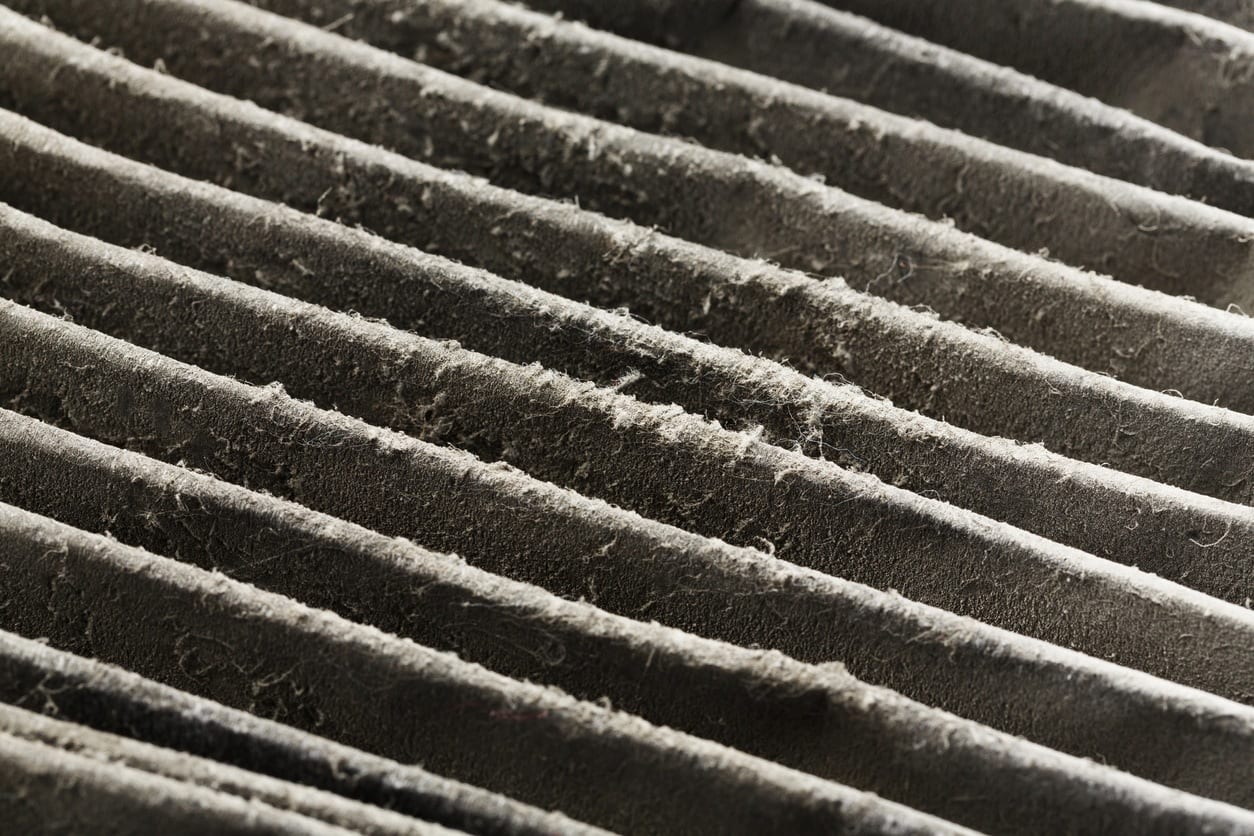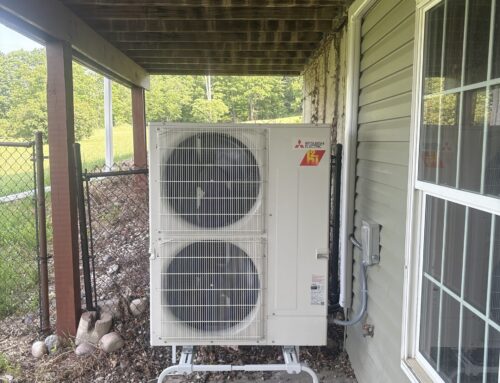
The weather is starting to turn colder and many people are starting to think about turning on their furnace. But have you thought about your air filter? Did you know that your air filter in your furnace can be a breeding ground for bacteria and viruses just waiting to be blown out into your duct work? We found a great resource to share with you as some food for thought. After spring and summer your furnace has sat dormant and you may think that all is well with the air filter. You may be due for a change and if you do not know what to look for in a quality air filter then you may not know what to get that will work for your family and your furnace. This article should be a great resource to help you determine what you need!
Home Air Filters 101: What to Consider Before Buying
While many homeowners may know they should change their air filters regularly, some may not know what kind to get. If you’re a first-time home buyer and have never had to worry about your filter before, how do you know what will suit your needs? There are different options available and it’s important to pick the right one for your home and family. Here are three things to consider before buying a home air filter:
- Select the right size.
- Know the different types of home air filters.
- Check the minimum efficiency reporting value.
1. Select the Right Size
First, determine the size. Home air filters, or heating, ventilation and air conditioning (HVAC) air filters, come in different sizes, both in area and thickness. According to the International Association of Certified Home Inspectors, filters work best when they have a tight fit. If there are gaps around the filter’s frame once installed, the filter may be the wrong size for your system. According to Consumer Reports, the size of the furnace filter will be printed on the side of the cardboard frame. When it comes to thickness, filters can be anywhere from less than 1 inch to more than 4 inches. But, according to the National Air Filtration Association (NAFA), most homes have only a 1-inch space for a filter, so it’s important to check your system’s requirements and purchase the size that fits.
2. Know the Different Types of Home Air Filters
According to BobVila.com, there are different types of home air filters offering varying performance levels and maintenance requirements. In general, filters are most effective when new and clean, but some last longer than others. BobVila.com says the main kinds of residential filters available are:
- Disposable fiberglass: These collect only bigger particles, such as debris, dust and lint, but generally only cost a dollar or two per filter.
- Disposable pleated: These can pick up both large and small particles (such as mites and spores) and usually cost a few dollars more than fiberglass filters. They typically have to be changed more often.
- Disposable electrostatic: These have electrically charged fibers to better collect more of the smaller particles as well as the larger ones, and are generally about $10 in standard sizes.
- Permanent electrostatic: These have charged fibers like the disposable versions, but don’t collect as many particles. They are washable, meaning they may only need to be replaced every six to eight years, and they typically cost $15 to $20. One way to clean a reusable filter, according to HomeAdvisor, is to rinse away any dust particles with a hose outside. Make sure the filter is dry before you put it back into your system.
If someone in your family has allergies, the American College of Allergy, Asthma and Immunology(ACAAI) says air filters that collect more particles might be better for improving air quality and may help make breathing easier. Even if allergies aren’t a problem, no matter which kind you choose, ACAAI suggests changing or cleaning your filter at least every two to three months.
3. Check the Minimum Efficiency Reporting Value
Air filters are usually given a Minimum Efficiency Reporting Value (MERV), according to the Environmental Protection Agency. This rating helps you determine how well the filter traps particles, and home filters generally have a rating of 1 to 13. This number signifies how efficient the filter is, where a higher MERV rating means it can collect more particles. The American Society of Heating, Refrigerating and Air-Conditioning Engineers (ASHRAE) suggests purchasing a filter with a MERV rating of 6 or greater for your home.
While you may think you want your air filters to be the most efficient kind, NAFA notes it is important to keep in mind that the greater the efficiency rating, the lower the airflow. That means it could potentially cost more to run the system due to the greater resistance caused by the air filter.
The right air filters for homes are the ones that meet the needs of both your HVAC system and family. Whichever kind you choose, ASHRAE recommends changing disposable ones or cleaning reusable and washable ones as they get dirty since air flow is restricted when the filter is full of particles. You may want to consult your system’s user guide for more specific recommendations for your situation.
This article was originally published at allstate.com.
If you are not sure what air filter your furnace requires, don’t hesitate to contact us!
Save More, Stay Informed!
Sign up for our newsletter and be the first to receive:
✅ Exclusive Sales & Rebates on Mitsubishi Heat Pumps.
✅ Industry News and Expert HVAC Tips.
✅ Updates That Help You Save Energy and Money.





